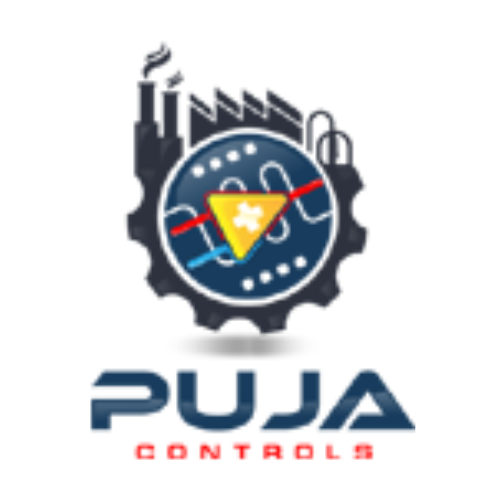Introduction to PID Controllers:
PID controllers, short for Proportional-Integral-Derivative controllers, are widely used in various industries for controlling processes and systems. They offer a versatile and efficient means of maintaining desired levels of control in dynamic systems.
Understanding the Components of PID Controllers:
Proportional (P) Control
Proportional control is the simplest form of control implemented in PID controllers. It adjusts the control output in proportion to the error signal, which is the difference between the desired setpoint and the actual process variable.
Integral (I) Control
Integral control addresses the issue of steady-state errors by continuously integrating the error signal over time. It ensures that the controller takes corrective action to eliminate any persistent deviation from the setpoint.
Derivative (D) Control
Derivative control anticipates future trends in the error signal by measuring its rate of change. It helps dampen oscillations and improve system stability by applying corrective action based on the rate of change of the error signal.
How PID Controllers Work:
PID controllers function by constantly computing an error signal, indicating the variance between the intended setpoint and the current process variable. Furthermore the controller then adjusts the control output based on the proportional, integral, and derivative terms to minimize this error and maintain system stability.
Advantages:
- Versatility: Proportional-Integral-Derivative controllers can adapt to a wide range of control applications.
- Efficiency: They offer rapid response and precise control over system dynamics.
- Stability: Proportional-Integral-Derivative controllers can maintain system stability even in the presence of disturbances or fluctuations.
Limitations:
- While PID controllers are highly effective in many applications, they do have limitations. These include:
- Sensitivity to Parameters: PID controller performance is highly dependent on proper tuning of the proportional, integral, and derivative gains.
- Nonlinearity: PID controllers may struggle to control nonlinear systems with complex dynamics.
- Overshoot and Oscillations: Improper tuning or aggressive control action can lead to overshoot and oscillations in the system response.
Applications:
- Temperature Control Systems: PID controllers are commonly used in heating, ventilation, and air conditioning (HVAC) systems to regulate indoor temperature levels. They adjust heating or cooling output based on feedback from temperature sensors, ensuring optimal comfort and energy efficiency.
- Motion Control Systems: In robotics and automation, PID controllers are utilized to regulate the movement of mechanical systems such as robotic arms or CNC machines. They adjust motor speeds and positions to achieve precise motion control and positioning accuracy.
- Industrial Automation: In industrial processes such as chemical manufacturing or power generation, Proportional-Integral-Derivative controllers play a crucial role in maintaining process variables within specified ranges. Moreover they assist in enhancing production efficiency, minimizing waste, and guaranteeing product quality.Find more about industrial automation here.
Tuning PID Controllers for Optimal Performance
Tuning PID controllers involves adjusting the proportional, integral, and derivative gains to achieve optimal system performance. Various tuning methods exist, ranging from manual tuning based on expert knowledge to automated tuning algorithms.
Common Challenges and Troubleshooting Tips
- Oscillations: Reduce the proportional gain or apply filtering techniques to dampen oscillations.
- Stability Issues: Adjust the integral and derivative gains to balance responsiveness and stability.
- Saturation: Limit the control output to prevent actuator saturation and maintain system integrity.
Conclusion
The future of Proportional-Integral-Derivative controller technology lies in advancements such as adaptive control algorithms, intelligent tuning methods, and integration with machine learning techniques. Besides these developments aim to further enhance control performance and adaptability in diverse applications.
Finally, Proportional-Integral-Derivative controllers offer a robust and versatile solution for controlling dynamic systems across various industries. Hence by understanding their components, operation principles, and applications, beginners can harness the power of PID controllers to achieve precise control and system stability.

